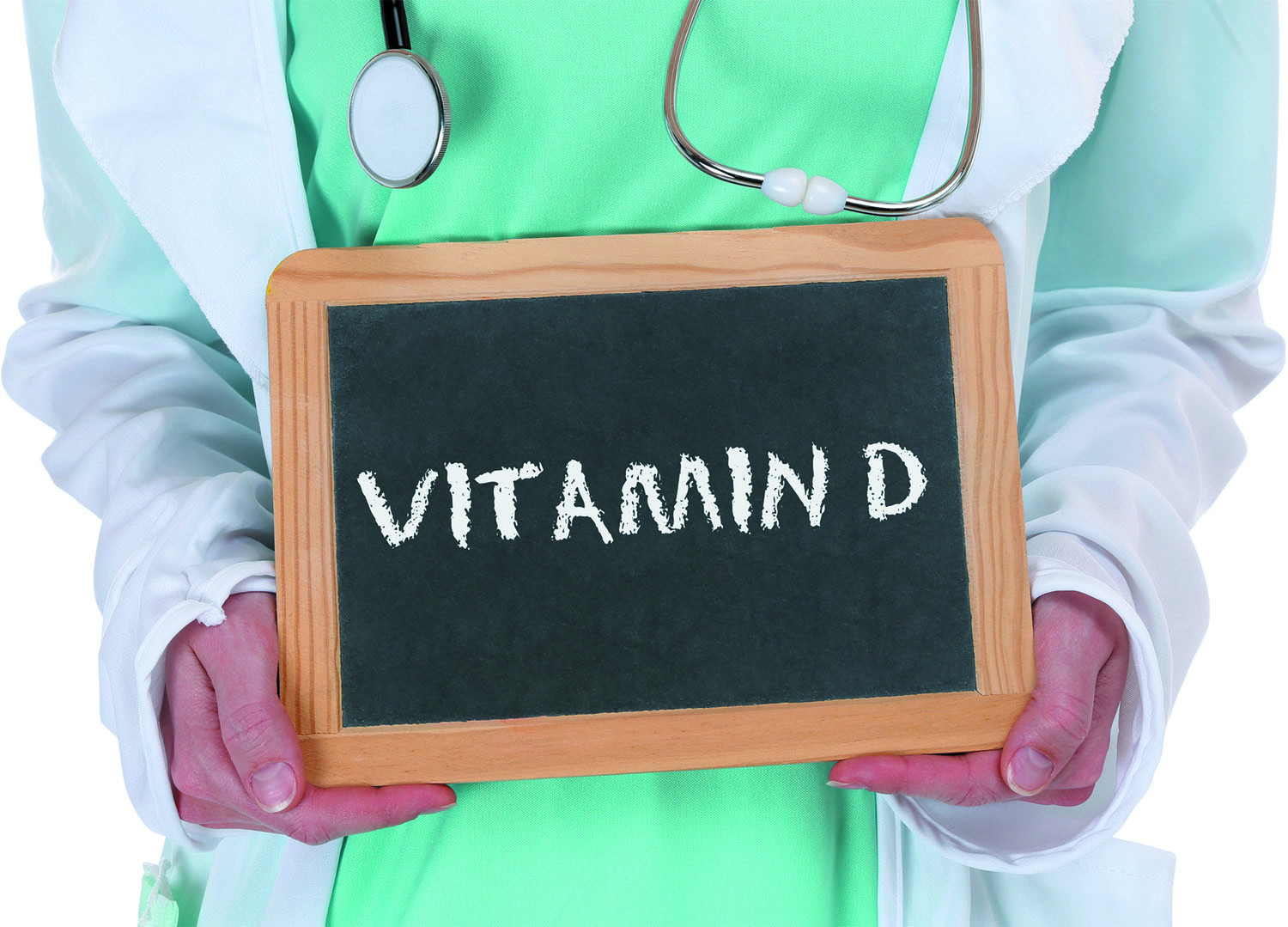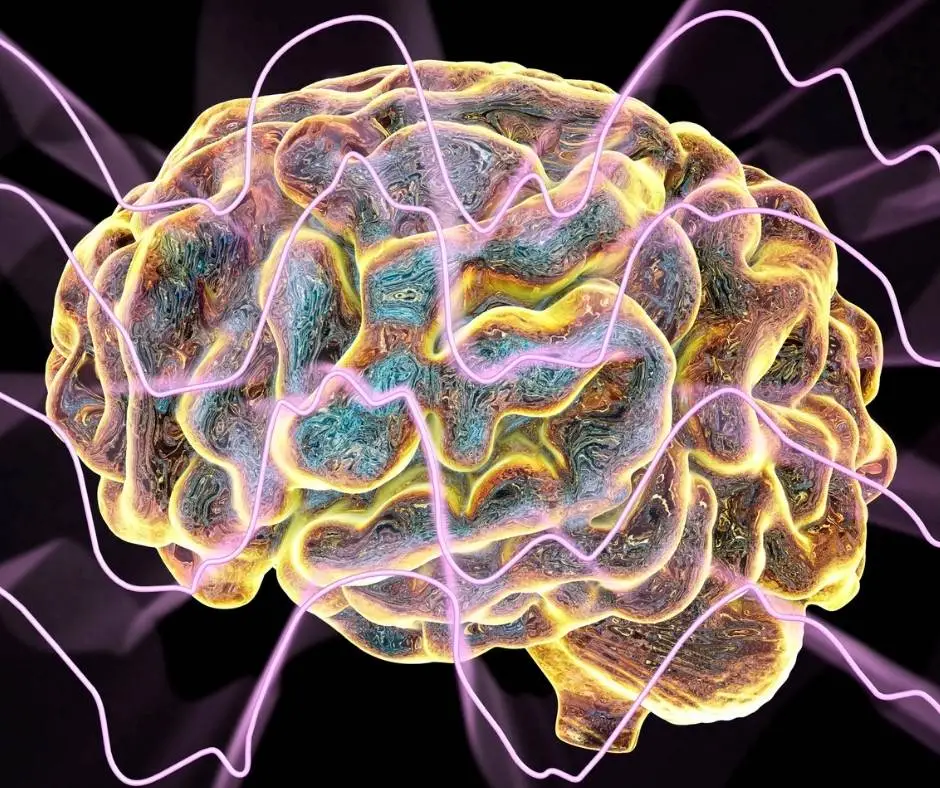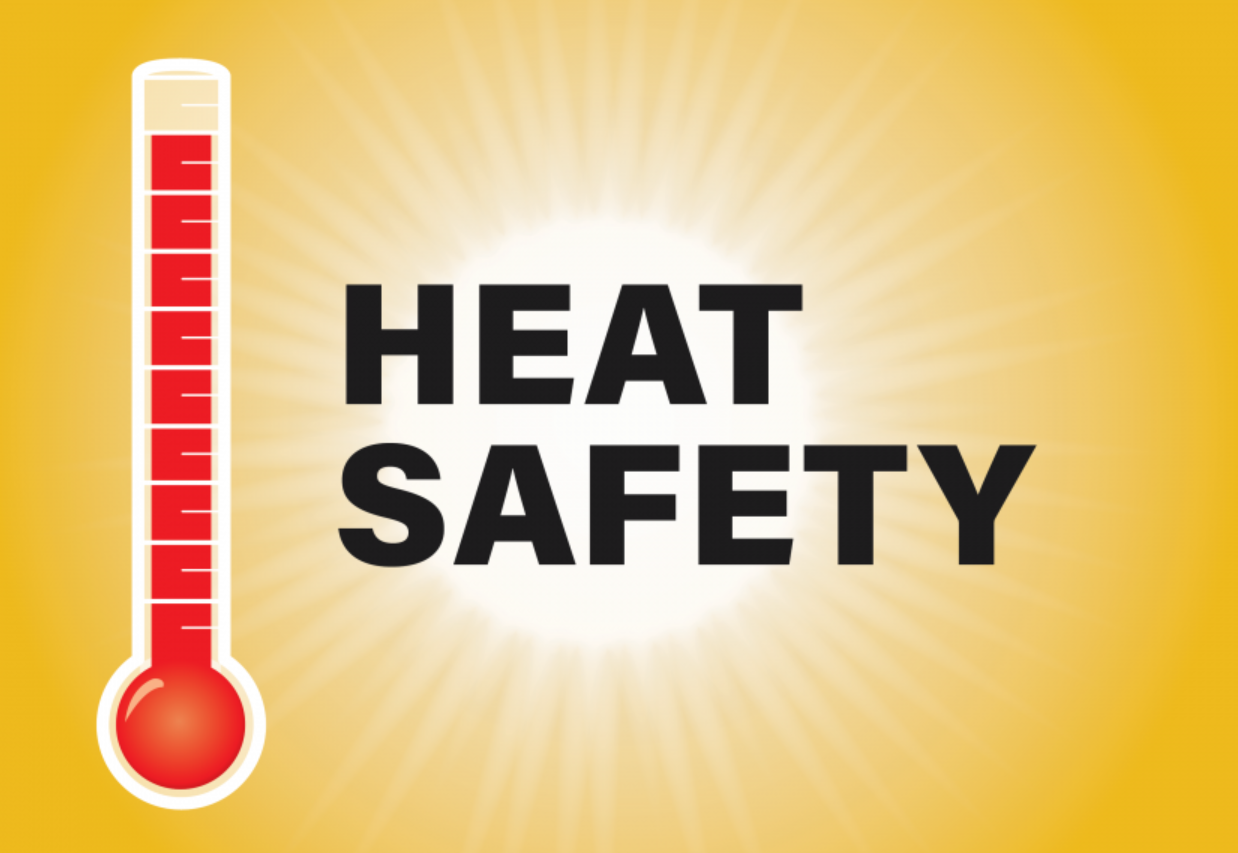Health and fitness are two closely related concepts that contribute significantly to overall well-being.
Health is a state of complete physical, mental, and social well-being and not merely the absence of disease or infirmity, as defined by the World Health Organization (WHO). It includes factors such as the body’s ability to function efficiently and effectively, ability to recover from illnesses, protection against health issues, and maintaining a balanced state of mind.
Fitness, on the other hand, is a state of health and well-being more specifically, the ability to perform aspects of sports, occupations, and daily activities. Fitness is achieved and maintained through proper nutrition, moderate to vigorous physical exercise, and sufficient rest. It is an important part of maintaining your health and can contribute to maintaining a healthy weight, reducing the risk of chronic diseases, and promoting overall well-being.
Together, health and fitness encompass a broad range of practices, habits, and mindsets that support and enhance physical and mental well-being. Both concepts are intertwined, as maintaining a good level of fitness supports overall health, and good health makes it easier and more enjoyable to maintain fitness.

Health and Fitness: The Ultimate Guide to a Healthy Lifestyle
Your health and fitness are determined by various factors including your lifestyle, diet, level of physical activity, and genetics. Here is a comprehensive guide to help you lead a healthy lifestyle:
- Balanced Diet: A well-balanced diet is vital for good health and well-being. The key is to consume a variety of foods in the right proportions. Include fruits, vegetables, lean proteins, whole grains, and healthy fats in your diet. Limit intake of processed foods, sugary drinks, and high sodium content foods.
- Regular Exercise: Regular physical activity has significant benefits for your health. It can help prevent or manage a wide range of health problems including diabetes, heart disease, mental health conditions, and certain cancers. Both aerobic activities (like jogging, swimming, cycling) and strength training exercises (like weightlifting) should be included in your routine.
- Hydration: Drinking plenty of water is crucial for your health. Water helps regulate body temperature, lubricate joints, flush out waste products, and carry nutrients and oxygen to cells.
- Mental Well-being: Stress management is a significant part of a healthy lifestyle. Practices like meditation, yoga, and mindfulness can help manage stress and anxiety. Also, ensure you get enough sleep each night, as sleep plays a vital role in good health and well-being.
- Regular Check-ups: Regular health screenings can help detect potential health issues before they become a problem. Early detection gives you the best chance for getting the right treatment quickly, avoiding any complications.
- Healthy Habits: Avoid harmful habits such as smoking and excessive alcohol consumption. These habits can lead to various health problems, including heart disease, stroke, and cancer.
- Maintaining a Healthy Weight: A healthy weight is key to a good health. Overweight and obesity can lead to serious health problems. Eating healthily and regular physical activity can help you maintain a healthy weight.
- Social Connections: Cultivate good relationships. Social connections might help protect health and lengthen life. Scientists are finding that our links to others can have powerful effects on our health—both emotionally and physically.
- Preventive Measures: Take steps to prevent infections, such as washing your hands frequently and cooking meats thoroughly. Vaccinations are also critical for preventing diseases.
- Positive Attitude: Maintain a positive outlook towards life. Optimism can benefit your physical and mental health. It can also improve your resilience to stress.
Remember, everyone’s journey to a healthy lifestyle is unique. It is not about perfection but about making better choices each day. Start small and make changes that you can sustain over time. Consult healthcare professionals to create a plan that works best for you.
Beat the Heat: How to Stay Safe During a Heat Wave
Here are some top tips to live a healthy and fit lifestyle:
- Eat a Balanced Diet: Ensure your diet includes a variety of foods from all the food groups: fruits, vegetables, whole grains, lean proteins, and healthy fats. This can provide a broad range of nutrients that your body needs to stay healthy.
- Exercise Regularly: Aim for at least 150 minutes of moderate aerobic activity or 75 minutes of vigorous activity each week, along with strength training exercises on two or more days a week.
- Stay Hydrated: Drink plenty of water throughout the day. Water is essential for all bodily functions including digestion, absorption, circulation, creation of saliva, transportation of nutrients, and maintenance of body temperature.
- Prioritize Sleep: Good sleep is just as important as nutrition and exercise for our health. Adults should aim for 7-9 hours per night. Lack of sleep can lead to various health issues like heart disease, high blood pressure, and diabetes.
- Maintain a Healthy Weight: Being overweight can lead to various health problems. Eating a balanced diet and regular exercise can help maintain a healthy weight.
- Limit Alcohol and Avoid Smoking: Alcohol should be consumed in moderation and smoking should be avoided completely. Both can cause numerous health issues including heart disease and cancer.
- Manage Stress: High stress levels can have a detrimental effect on your health. Practice stress management techniques like yoga, meditation, deep breathing, or simply taking time out for hobbies and relaxation.
- Regular Health Checks: Regular health check-ups and screenings can help find potential issues early, when your chances for treatment are better.
- Stay Socially Active: Social interactions can help ward off loneliness and depression. Stay connected with your friends, family, and community.
- Positive Mindset: A positive mindset can boost your physical and mental health. It can help you cope with stress and reduce the risk of several chronic diseases.
Remember, everyone’s journey to a healthy lifestyle is different. Start small, and make changes that you can sustain over time. Always consult a healthcare professional before starting any new diet or exercise program.
Attitudes towards Sugar and Sweets: Balance for Healthy Lifestyle
The Best Fitness Programs for Beginners
Starting a fitness routine can seem daunting, but it doesn’t have to be. Here are some of the best fitness programs for beginners:
- Couch to 5K (C25K): This program is designed to get just about anyone from being a couch potato to running 5 kilometers or for 30 minutes in just 9 weeks. The program gradually increases the intensity of workouts, making it ideal for beginners.
- 7-Minute Workout: This workout, based on High-Intensity Circuit Training (HICT), consists of 12 exercises done in rapid succession. Each exercise is performed for 30 seconds, with a 10-second rest period in between. It’s a quick and efficient way to get in a workout.
- Yoga for Beginners: There are many yoga programs designed for beginners. These typically start with basic poses and gradually move towards more complex ones. Yoga can help improve flexibility, strength, balance, and stress levels.
- Low Impact Cardio for Beginners: Low-impact workouts are great for beginners as they put less stress on the joints. This could involve exercises like brisk walking, cycling, swimming, or using an elliptical machine.
- Strength Training for Beginners: Starting with basic exercises like squats, lunges, push-ups, and planks can help beginners build strength. Start with bodyweight exercises before moving on to weights.
- Zumba for Beginners: Zumba is a fun, high-energy dance workout that can help improve cardiovascular fitness. There are beginner-friendly Zumba classes that teach basic moves at a slower pace.
- Pilates for Beginners: Pilates focuses on core strength, flexibility, and overall body awareness. Beginner classes introduce the fundamental movements of the exercise system.
Remember, the most important thing is to find a program that you enjoy and that fits into your lifestyle. This will help you stick with it long-term. It’s always a good idea to consult with a healthcare provider before starting any new fitness program, especially if you have any chronic health conditions or concerns.
The Best Ways to Make Money from Home
How to Get Motivated to Get Fit and Healthy
Staying motivated to get fit and healthy can sometimes be challenging, but it’s crucial for long-term success. Here are some tips to help boost your motivation:
- Set Clear, Achievable Goals: Start with simple goals and then progress to longer range goals. If your primary goal is to lose weight, remember that losing just 5% of your current weight is an excellent achievement.
- Make it Enjoyable: Find a workout that you enjoy doing. You’re more likely to stick with a workout routine if you enjoy it. This could be yoga, dancing, cycling, or anything that you love.
- Create a Routine: Incorporate your workout routine into your daily schedule. Consistency is key when it comes to fitness. Making exercise a regular part of your day will make it easier to maintain.
- Track Your Progress: Use a fitness tracker or a journal to keep a record of your workouts. Seeing your progress in writing can be a huge motivational boost.
- Find a Workout Buddy: Exercising with a friend can make your workout more enjoyable and you’re less likely to skip your workout.
- Celebrate Your Success: Celebrate your successes along the way, no matter how small. Treat yourself to something you enjoy after reaching a fitness goal.
- Stay Positive: Keeping a positive mindset can be incredibly powerful. Remember that any exercise is better than none, so don’t be too hard on yourself if you miss a workout.
- Visualize Your Success: Picture yourself reaching your fitness or health goals. Visualizing your success can help keep you motivated.
- Education: Understanding the benefits of a healthy lifestyle can also provide motivation. Learn about the advantages of healthy eating, regular physical activity, and adequate sleep.
Remember, everyone has days when they don’t feel motivated to exercise or eat healthily. On those days, try to stay active in other ways or eat the best you can. The key is to not let one day turn into a pattern. Keep pushing forward and know that it’s okay to have off days. Your health and fitness journey is a marathon, not a sprint. It’s all about making long-term, sustainable changes.





